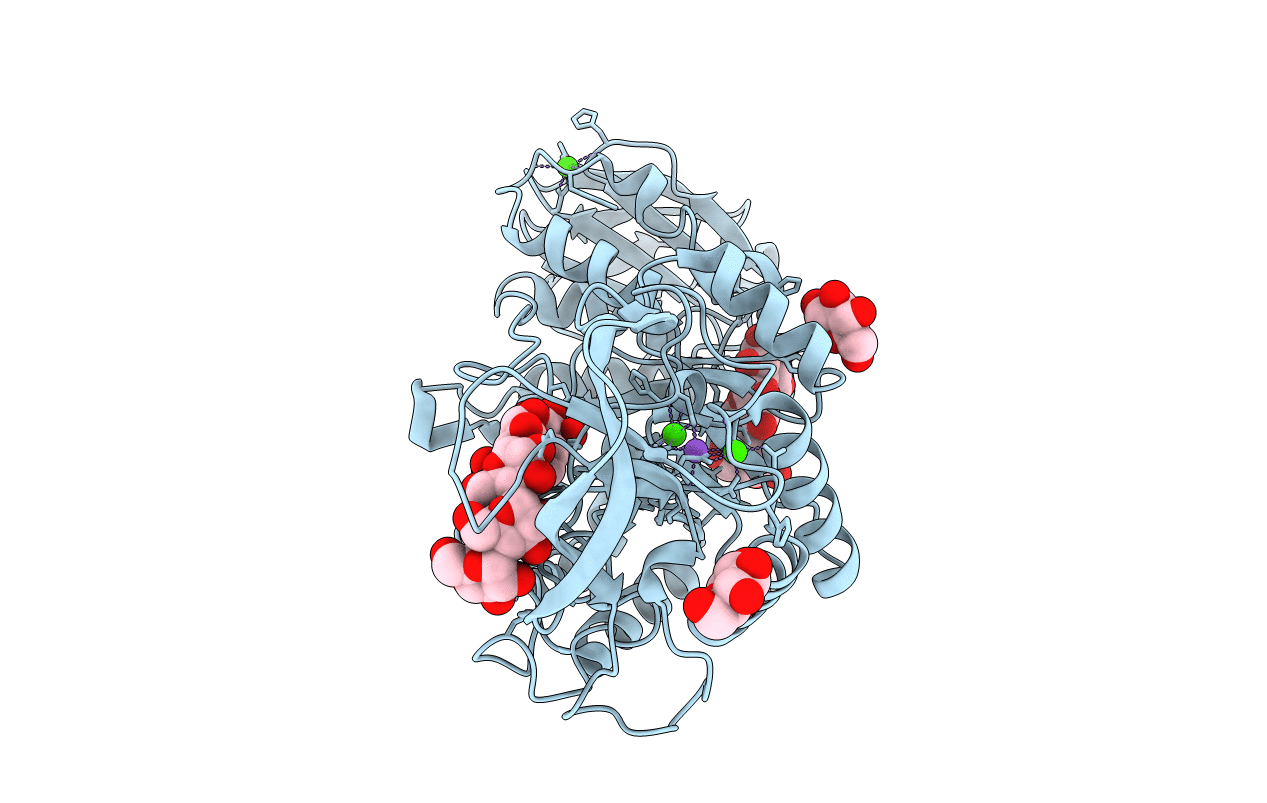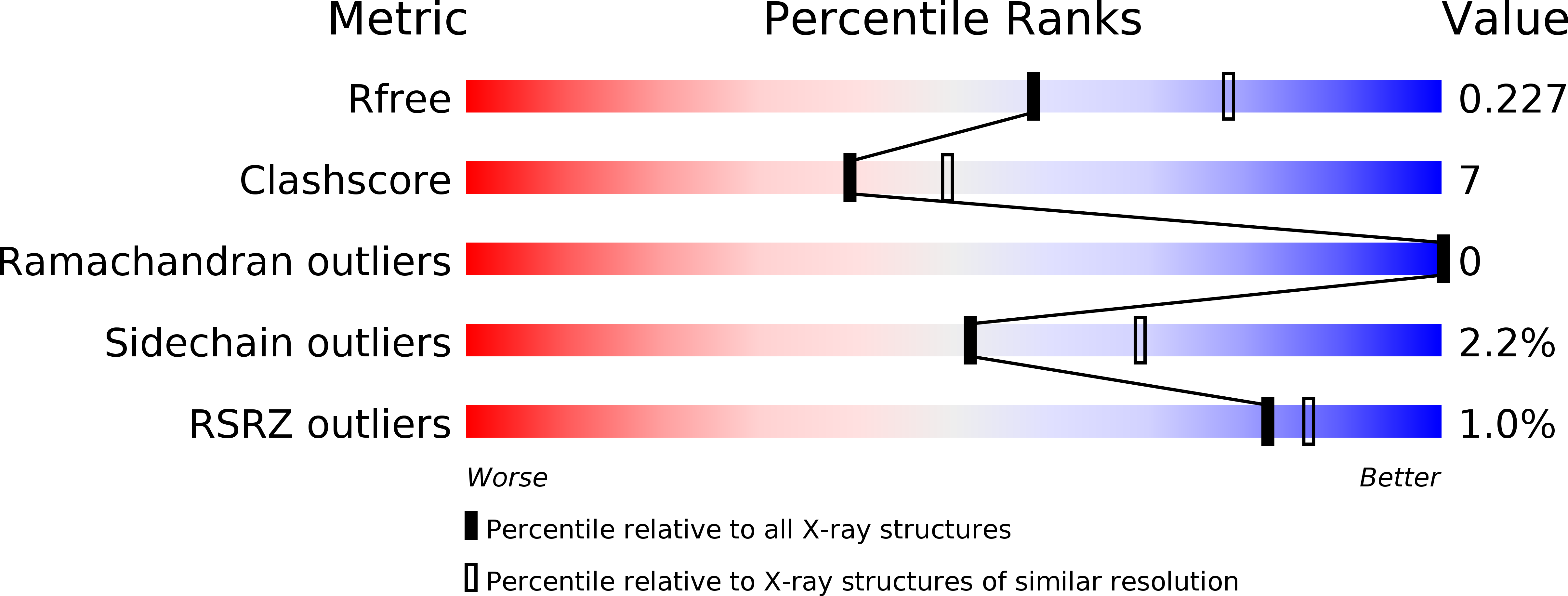
Deposition Date
2005-09-29
Release Date
2006-03-14
Last Version Date
2023-10-25
Entry Detail
PDB ID:
2D3L
Keywords:
Title:
Crystal structure of maltohexaose-producing amylase from Bacillus sp.707 complexed with maltopentaose.
Biological Source:
Source Organism:
Bacillus sp. (Taxon ID: 1416)
Host Organism:
Method Details:
Experimental Method:
Resolution:
2.30 Å
R-Value Free:
0.21
R-Value Work:
0.16
R-Value Observed:
0.16
Space Group:
P 21 21 21


